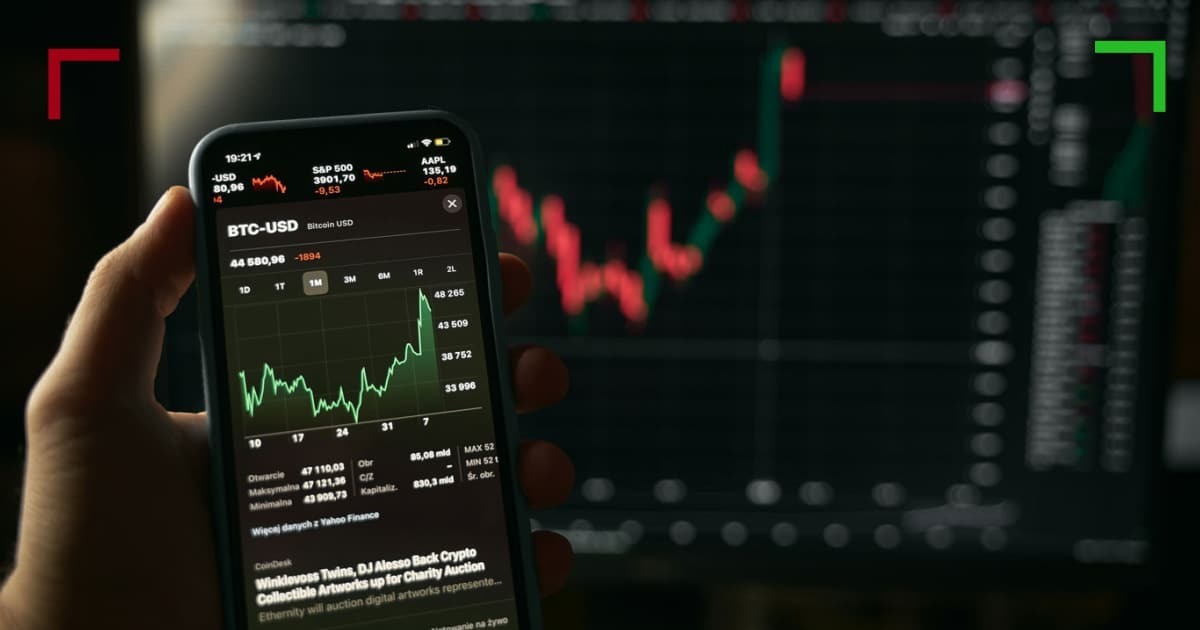
Understanding Crypto Trading Risk: Navigating the Cryptocurrency Landscape
The surge in popularity of cryptocurrencies has brought forth a new era of trading. However, with the potential for significant profits comes a myriad of risks. Understanding these risks is essential for anyone looking to delve into crypto trading. In this article, we will explore the various types of crypto trading risks and offer strategies to mitigate them. To gain further insights into navigating challenges in this space, check out this valuable resource: Crypto Trading Risk http://www.freedomsphoenix.com/Forum/235871-2018-03-05-selco-explains-how-and-why-to-be-the-gray-man.htm.
The Nature of Cryptocurrency Volatility
One of the most significant risks in cryptocurrency trading is market volatility. Cryptocurrencies are known for their price fluctuations, which can be drastic within very short periods. For instance, Bitcoin, the leading cryptocurrency, has experienced swings of thousands of dollars in a single day. This volatility can be attributed to various factors, including market sentiment, regulatory news, and technological developments. Traders must be prepared for these fluctuations and devise strategies that can help limit potential losses.
Regulatory Risks

As cryptocurrencies become more mainstream, they are increasingly subject to government regulation. Regulatory bodies around the world are grappling with how to classify and oversee cryptocurrencies, resulting in a landscape that is continually evolving. For traders, the risk of sudden regulatory changes can impact the legality of trading particular assets or the operations of exchanges. Traders should keep abreast of legal developments in their jurisdictions and consider the implications of these changes on their trading strategies.
Security Risks
Security is a critical concern for anyone involved in cryptocurrency trading. Hacks and thefts of cryptocurrency exchanges have become notorious, resulting in significant losses for traders. Secure storage practices, such as using hardware wallets and enabling two-factor authentication, are essential to protecting digital assets. Additionally, traders should be cautious of phishing attempts and only use reputable exchanges to conduct transactions.
Market Manipulation
The relatively immature and unregulated nature of the cryptocurrency market makes it susceptible to manipulation. Traders should be vigilant about signs of market manipulation, such as pump-and-dump schemes, where prices are artificially inflated, only to be sold off, resulting in significant losses for other investors. Understanding market dynamics and being aware of trading patterns can help traders navigate these potentially exploitative situations.
Psychological Risks

The psychology of trading plays a crucial role in decision-making processes. Emotional responses such as fear and greed can lead to impulsive trading decisions that do not adhere to a well-thought-out strategy. It is vital for traders to develop a trading plan and stick to it, avoiding rash decisions based on short-term market movements. Additionally, implementing risk management strategies such as stop-loss orders can help mitigate the financial impact of adverse market movements.
Strategies to Mitigate Crypto Trading Risks
Understanding the risks is only the first step; traders must take proactive measures to mitigate these risks effectively. Here are some strategies to consider:
- Diversification: Spread investments across different cryptocurrencies to reduce exposure to any single asset’s volatility.
- Risk Management Tools: Utilize stop-loss and take-profit orders to manage potential losses and secure profits.
- Education: Stay informed about market trends, regulatory changes, and security practices. Continuous learning can provide traders with the tools needed to make informed decisions.
- Setting Limits: Establish limits on how much capital you are willing to risk on each trade and stick to them meticulously.
- Emotional Discipline: Develop the discipline to follow your trading strategy without yielding to emotional pressures.
Conclusion
Navigating the world of cryptocurrency trading presents numerous challenges and risks. However, with a thorough understanding of these risks and the implementation of effective strategies, traders can position themselves for success in this dynamic environment. As the cryptocurrency landscape continues to evolve, being informed and prepared will be the key to thriving in the future of digital assets.
